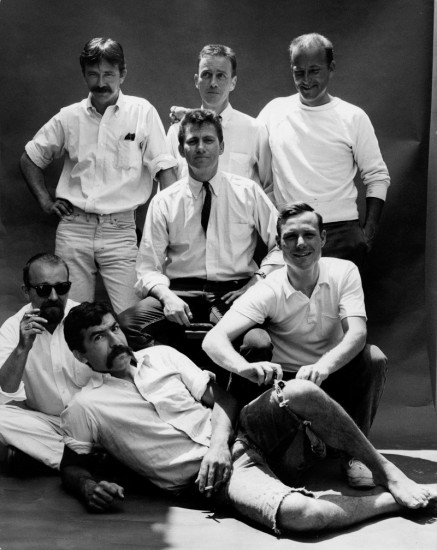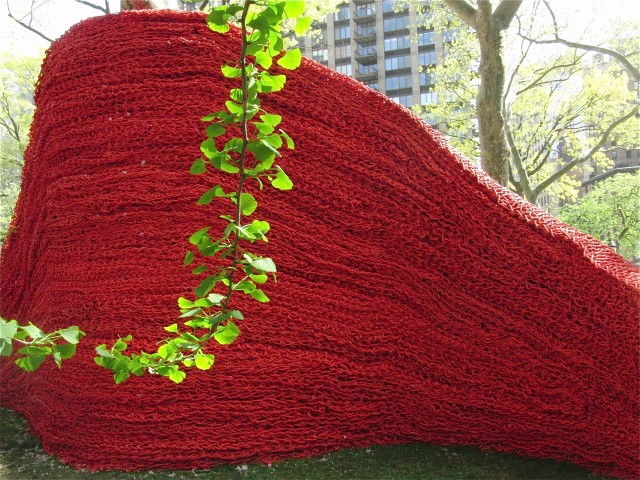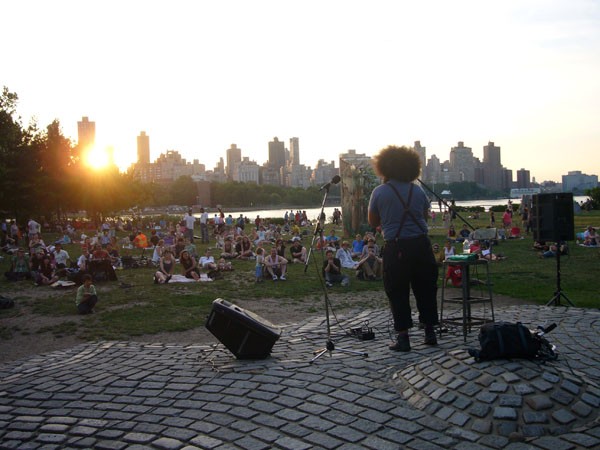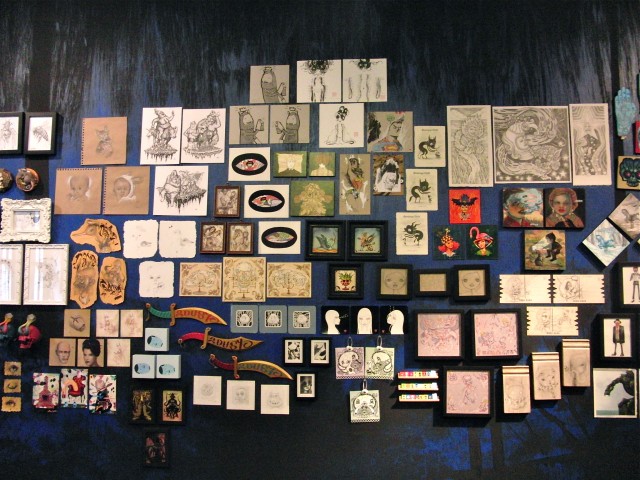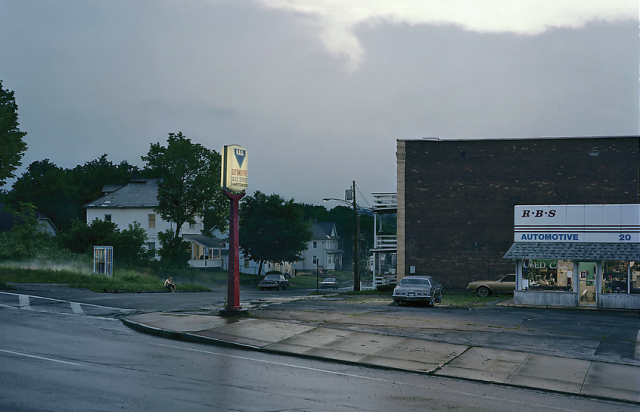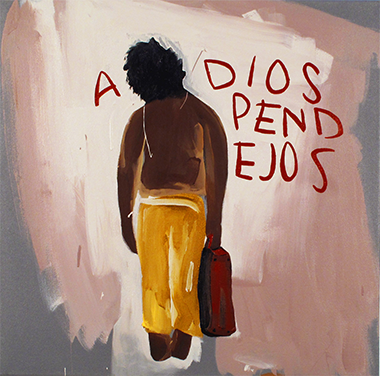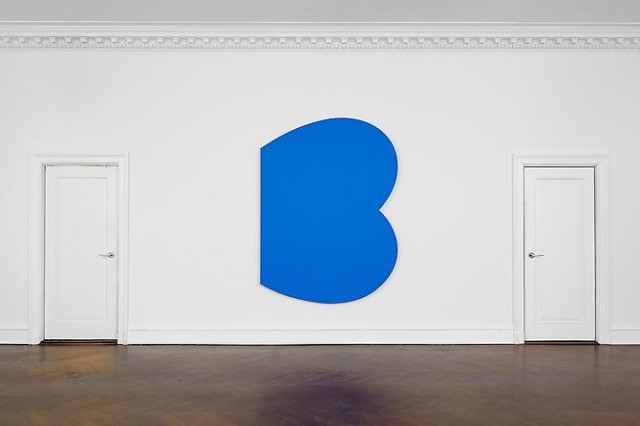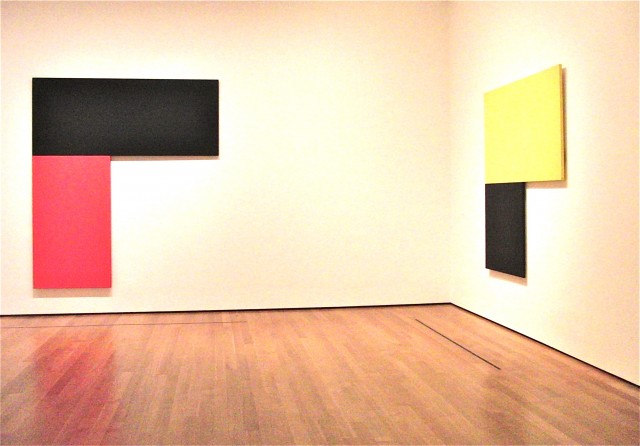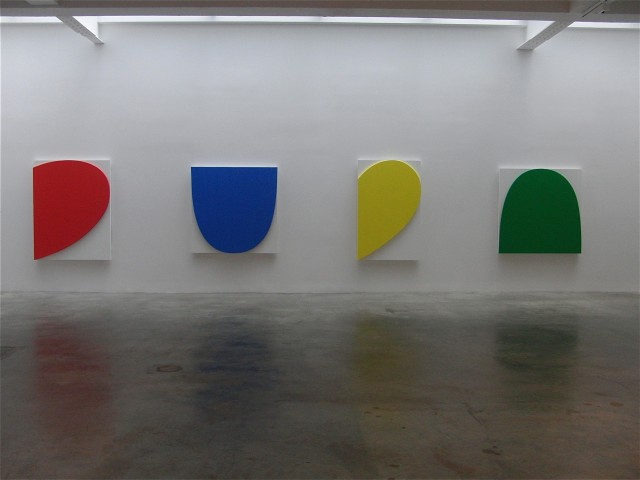THE COOL SCHOOL (Morgan Neville, 2007)
Nitehawk Cinema
136 Metropolitan Ave. between Berry St. & Wythe Ave.
Sunday, June 23, 11:15 am
718-384-3980
www.nitehawkcinema.com
 While postwar modern art was exploding in New York in the 1950s, a small, close-knit group of artists were coming together in Los Angeles, exploring abstract expressionism in a tiny gallery called Ferus. Mixing archival footage with new interviews — shot in black and white to maintain the old-time, DIY feel — director Morgan Neville delves into the fascinating world of the L.A. art scene as seen through the Ferus Gallery, which was founded in 1957 by Walter Hopps, a medical-school dropout who looked and acted like a Fed, and assemblage artist Ed Kienholz. “The work was really special,” notes Dennis Hopper, enjoying a cigar with Dean Stockwell. “And there [were] a lot of really, really gifted artists that really have to be looked at again.” Among those artists were Wallace Berman, Ed Moses, Ed Ruscha, Robert Irwin, Craig Kauffman, John Baldessari, and Larry Bell. (All of them participate in the documentary except for Berman, who died in 1976.) In addition to featuring up-and-coming West Coast painters, sculptors, and conceptual artists, Ferus also hosted a Marcel Duchamp retrospective as well as early shows by Andy Warhol, Roy Lichtenstein, Jasper Johns, and other East Coast favorites. For nearly ten years, Hopps, Kienholz, and crafty businessman Irwin Blum kept Ferus going until various personality clashes led to its demise. The film includes an engaging roundtable from 2004 in which Neville brought many of the artists together to discuss what Ferus meant to them — and the art world in general. Behind a jazzy score, Neville also speaks with collectors, curators, and critics, putting it all into perspective. The Cool School, narrated by actor and photographer Jeff Bridges, is a fun-filled trip through a heretofore little-known part of postwar American art. The film is screening June 23 at 11:15 am as part of the Nitehawk Cinema’s monthly series “Art Seen” along with Paul McCarthy’s The Black and White Tapes, artist works by Kelly Kleinschrodt and Alexa Garrity, and Henry Joost and Ariel Schulman’s brilliant video bio A Brief History of John Baldessari, narrated by Tom Waits. The series continues July 20-21 with Neil Berkeley’s Beauty Is Embarrassing.
While postwar modern art was exploding in New York in the 1950s, a small, close-knit group of artists were coming together in Los Angeles, exploring abstract expressionism in a tiny gallery called Ferus. Mixing archival footage with new interviews — shot in black and white to maintain the old-time, DIY feel — director Morgan Neville delves into the fascinating world of the L.A. art scene as seen through the Ferus Gallery, which was founded in 1957 by Walter Hopps, a medical-school dropout who looked and acted like a Fed, and assemblage artist Ed Kienholz. “The work was really special,” notes Dennis Hopper, enjoying a cigar with Dean Stockwell. “And there [were] a lot of really, really gifted artists that really have to be looked at again.” Among those artists were Wallace Berman, Ed Moses, Ed Ruscha, Robert Irwin, Craig Kauffman, John Baldessari, and Larry Bell. (All of them participate in the documentary except for Berman, who died in 1976.) In addition to featuring up-and-coming West Coast painters, sculptors, and conceptual artists, Ferus also hosted a Marcel Duchamp retrospective as well as early shows by Andy Warhol, Roy Lichtenstein, Jasper Johns, and other East Coast favorites. For nearly ten years, Hopps, Kienholz, and crafty businessman Irwin Blum kept Ferus going until various personality clashes led to its demise. The film includes an engaging roundtable from 2004 in which Neville brought many of the artists together to discuss what Ferus meant to them — and the art world in general. Behind a jazzy score, Neville also speaks with collectors, curators, and critics, putting it all into perspective. The Cool School, narrated by actor and photographer Jeff Bridges, is a fun-filled trip through a heretofore little-known part of postwar American art. The film is screening June 23 at 11:15 am as part of the Nitehawk Cinema’s monthly series “Art Seen” along with Paul McCarthy’s The Black and White Tapes, artist works by Kelly Kleinschrodt and Alexa Garrity, and Henry Joost and Ariel Schulman’s brilliant video bio A Brief History of John Baldessari, narrated by Tom Waits. The series continues July 20-21 with Neil Berkeley’s Beauty Is Embarrassing.
